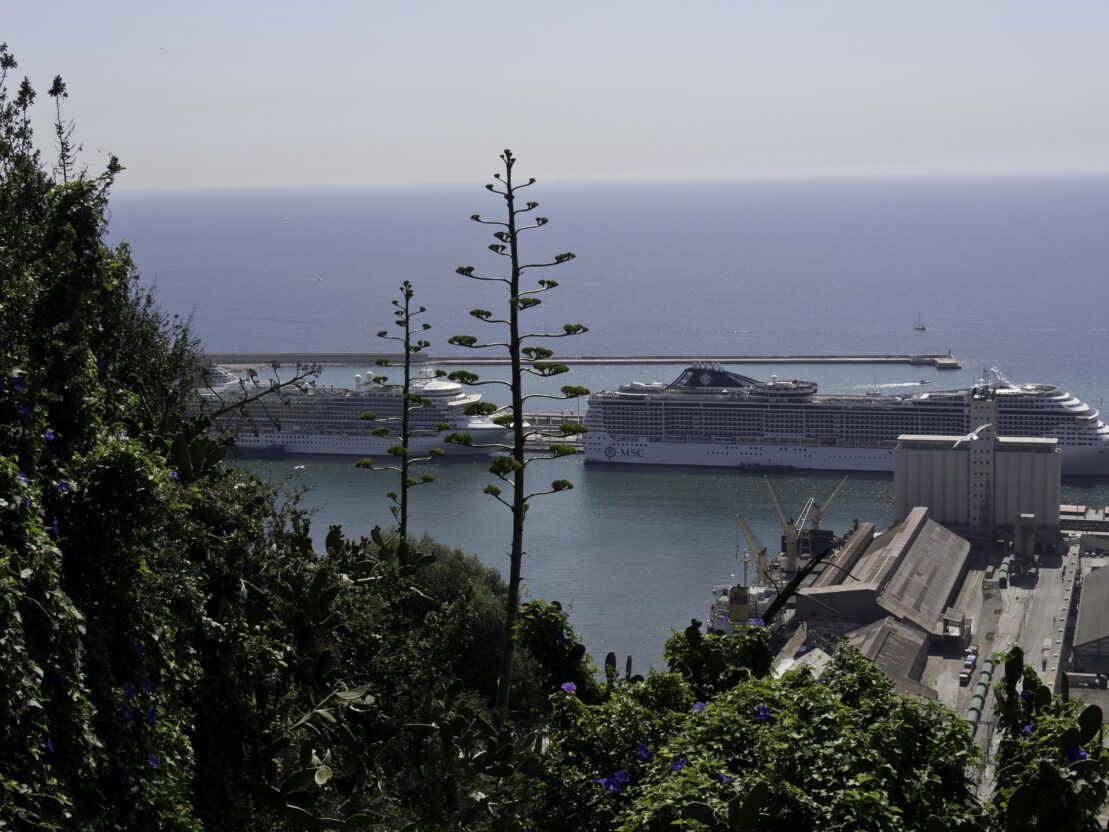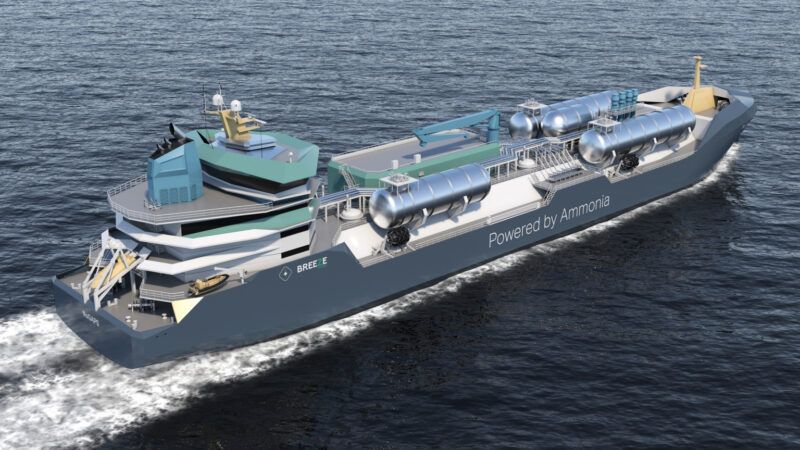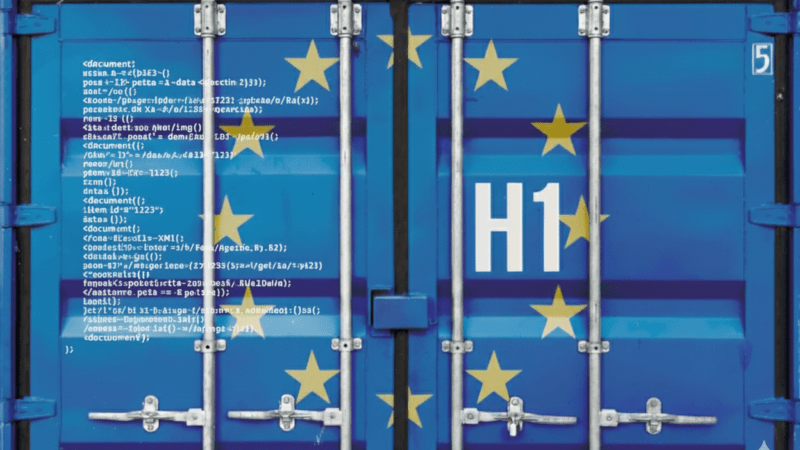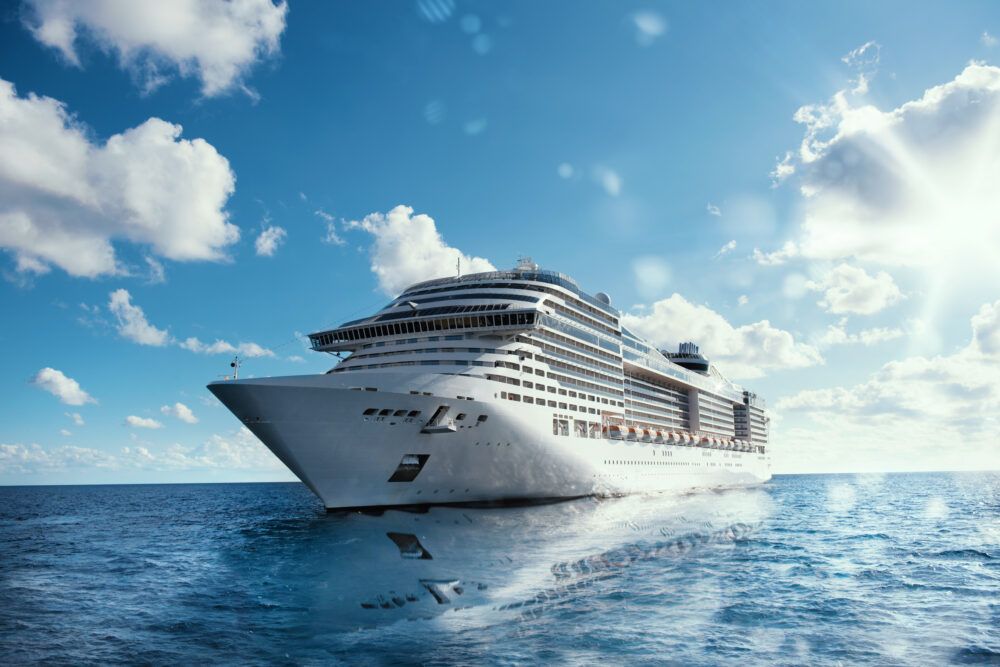
“Cruise” speed towards sustainability
The cruise industry is committed to sustainability to meet social and environmental needs, both on the high seas and during arrivals, stays and departures in port cities with tourist vessel traffic. We review successful cases underway and the innovations making this sustainable evolution in the cruise industry possible.

The debate on how to achieve more sustainable tourism is on the agenda of major cities worldwide. And in port cities, cruise management is a critical dossier.
According to data from the Cruise Lines International Association (CLIA), in 2024 these vessels transported 34.6 million passengers worldwide. The world's major ports can handle several million passengers annually. The leading port in terms of passenger numbers is Miami, which handled 8.2 million passengers last year, while Barcelona managed 3.6 million passenger movements, making it the leading European port in this area.
With these volumes of cruise arrivals and departures, the Port of Barcelona and the shipping companies operating there have committed to a series of measures to ensure their impact does not pose a risk to sustainability, taking into account current Port of Barcelona data:
- CO₂ emissions from maritime activities represent 10.9% of the city's total, including not only cruise emissions but all port activity.
- Looking exclusively at cruise activity, these emissions account for 1.3% of the total in the Catalan capital and NOx emissions for 0.7%.
- Regarding water consumption, 80% of cruises calling at Barcelona do not take on water because they don't need it. Water consumption by cruise ships represents 0.09% of total water consumed in Barcelona.
The city and cruise ships
With all these figures on the table, the Port of Barcelona announced last summer a new cruise terminal that will replace the current A, B and C terminals (the oldest) following an agreement signed with the City Council. This new facility will be located at the Adossat wharf, where cruise activity is concentrated, and is operated by Creuers del Port de Barcelona (Global Ports Holding). The design has been carried out by the architecture firm b720-Fermín Vázquez Arquitectos.
These new facilities are focused on improving passenger mobility and making it more sustainable, as part of the Port of Barcelona's strategy to promote sustainability across all its operations. This was stated by its president, José Alberto Carbonell, at the project presentation: "these actions represent a public-private investment of 185 million euros, which adds to the investments made within the framework of the 2018 agreement, and confirm the Port of Barcelona's commitment to sustainable development of cruise activity," he explained.
This new terminal will have capacity to serve 7,000 passengers and will be under public control to maintain sustainability standards, while the others (D, E, G, and H) will be operated by private cruise lines such as Carnival, MSC or Royal Caribbean.
The future Terminal G, for example, has already been awarded to a joint venture formed by Royal Caribbean Group and Cruise Terminals International (CTI). The new facility will require an investment of over 85 million euros and is expected to be operational in spring 2027, following the closure of the WTC South terminal in 2026. The project stands out for its commitment to energy and environmental sustainability.
- The future terminal incorporates reserved spaces for OPS (onshore power supply) systems currently being installed at the Adossat wharf, allowing cruise ships to connect to the electrical grid during berthing and thus eliminate emissions.
- The design seeks maximum energy efficiency through photovoltaic panels and other renewable energy installations, with the goal of achieving a zero emissions balance.
- The facility is specifically designed to boost homeport traffic—passengers embarking and disembarking in Barcelona—following the port's strategy to increase these higher value-added operations for the city. In this regard, the project prioritizes efficient, comfortable and sustainable mobility for passengers, both within the terminal and in its connectivity with the city, airport and rail network. The spaces have been designed to ensure smooth passenger flow operations, a fundamental aspect for a terminal oriented toward homeport operations, a strategy in which Royal Caribbean is firmly committed in Barcelona.
The new cruise terminal project is also accompanied by a sustainable mobility plan focused on three axes:
- Doubling of the Porta d'Europa bridge to improve bicycle and pedestrian mobility.
- Construction of an urban corridor on the Montjuïc waterfront for public transport, bicycles and pedestrians. It will connect Drassanes square with Marina del Prat Vermell.
- Evaluation of mobility generated by cruise ships to better manage passenger mobility when going ashore.
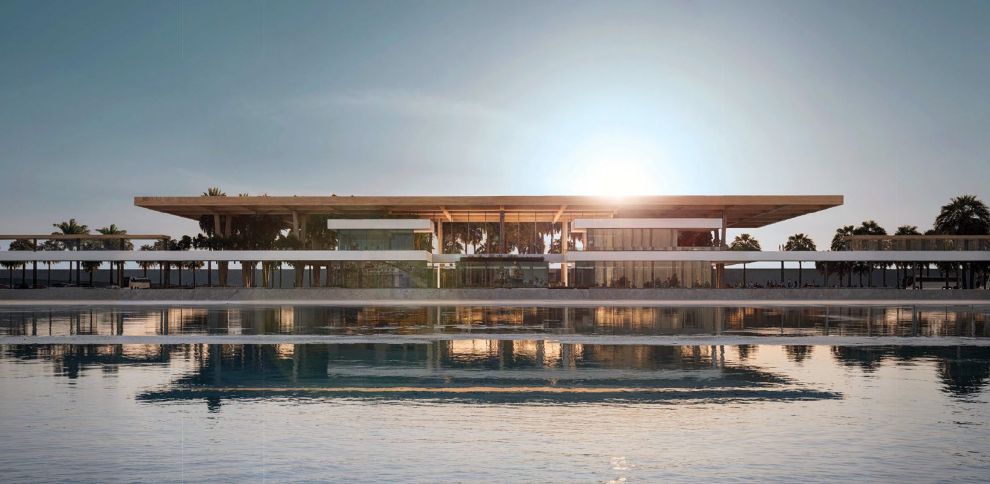
The important role of Onshore Power Supply (OPS)
Going into more detail on these axes, specific projects are already being developed to complement the new terminal. Such is the case of the Onshore Power Supply (OPS) system at MSC's terminal at the Adossat wharf. The Port of Barcelona has begun working with Danish company PowerCon A/S on developing the construction project for the first shore power system (OPS) for cruise ships at its facilities, located at MSC's terminal at the Adossat wharf. PowerCon, the project awardee, will handle both the necessary civil works and the cable deployment to the distribution center that will manage the electrical supply.
- Cruise ships will be able to connect to the port's electrical grid and turn off their auxiliary engines.
According to Ana Arévalo, Head of Shorepower department at the Port of Barcelona, "the system will be operational in 2027, coinciding with the commissioning of the substation that will supply 100% renewable electricity to all terminals. It will be a decisive year for the electrification of the Port of Barcelona's wharves," she notes.
This project is part of the Nexigen Plan, which includes investments of nearly 200 million euros. Currently, two OPS systems are already operating in pilot phase at the BEST and Grimaldi Terminal Barcelona terminals, enabling electrification of container ships and ferries on the Barcelona-Palma route. In parallel, work continues on the new Port substation and the deployment of the medium voltage network that will carry renewable energy to all wharves installing OPS systems.
In addition to launching the new terminal, the Port of Barcelona is working on a wide range of measures to improve sustainability in its operations. A first example of this strategy is the continuous improvement of MARPOL waste management services, a fundamental aspect for reducing the impact of cruise ships.

Half of cruise passengers arrive in barcelona aboard a natural gas-powered cruise ship
It's also worth highlighting all the work being done at the Port, which has been using Liquefied Natural Gas (LNG) for some time as a transition fuel toward zero-emission sources. This year, one in five cruise ships passing through Barcelona have used it. It's worth remembering that this fuel eliminates 100% of sulfur oxide (SOx) emissions and particulate matter and reduces nitrogen oxide emissions by up to 70% and CO₂ emissions by 20%.
In this regard, in 2024, the Port closed with a new record in LNG supply, providing 229,750 m³ to different vessels, 60.5% more than the previous year. Of these ships, 23% were cruise ships, which meant reducing their NOx emissions by a fifth.
A trend that will continue to grow. Much of the world's cruise lines—MSC, Costa Crociere, Carnival Corporation, Aida Cruises...—are increasing passenger ships powered by LNG.
- In 2024, 45% of cruise passengers arriving in Barcelona did so aboard a cruise ship operating on Liquefied Natural Gas.
As a note, this strategy to promote sustainable fuels is part of the Port of Barcelona's Energy Transition Plan which, looking toward 2030, aims to reduce greenhouse gas emissions by 50% and seeks to achieve climate neutrality by 2050.
Real-time digital monitoring systems to avoid congestion
The Port of Barcelona has also been the setting for a pilot test for cruise passenger management and optimization, which contributes to making all operations sustainable. The company Delonia has developed Smart Mobility Analytics (SMA), an innovative technological solution to optimize cruise terminal management through artificial intelligence and image analysis. The project, funded by the State Ports 4.0 Fund, was structured in five work packages covering everything from capture infrastructure and edge processing, advanced AI development, cloud data platform with Kafka and Druid, to end-user applications.
- The challenge: massive disembarkation of passengers and vehicles in short periods generates logistical problems that affect user experience and the port environment. Managers need real-time information to make immediate operational decisions, plan strategically and identify congestion points.
- The solution: SMA uses neural network algorithms to analyze images captured by cameras and provides real-time information on key metrics such as parking occupancy, queue density and activity flows. The system provides data to mobility agents, passengers and carriers, optimizing operations with minimal infrastructure.
- Results: the platform offers real-time visibility, efficient scalability, advance planning capability through historical data analysis and cost optimization under a SaaS model. The system has been successfully validated under real conditions at the ports of Barcelona and Algeciras, demonstrating stability, precision and operational effectiveness.
From the Baltic to Alaska, other examples
The push for cruise decarbonization policies is on the agenda of all ports operating tourist vessels. Baltic ports such as Kristiansand and Oslo (Norway), Rostock (Germany), Copenhagen and Aarhus (Denmark) and Stockholm (Sweden), already have operational or planned OPS. Copenhagen, specifically, has had an OPS system since last year that aims to serve five cruise ships simultaneously in 2028.
-
serve five cruise ships simultaneously in 2028.
Precisely in the Baltic region, a pioneering sustainability initiative in the cruise sector emerged, with the publication of a manifesto signed by the 31 member ports of Cruise Baltic where they commit to making the cruise industry more environmentally friendly throughout the current decade.
Beyond the Baltic, other northern European ports such as Amsterdam, Bergen or Stavanger are strongly committed to implementing measures aimed at achieving greater energy efficiency and reduction of harmful emissions.
If we broaden the focus, North America is the global cruise reference with Miami indisputably leading the sector, but there are also two other Florida ports in the global top 5: Port Canaveral (2nd position) and Port Everglades (5th). Although from a sustainability perspective, it's worth looking at more northern latitudes to find the first global initiative in this field.
- The Pacific Northwest to Alaska Green Corridor is a project promoted by the ports of Seattle, several in Alaska, Vancouver and Victoria. Basically, those on the cruise route between Washington state, British Columbia and Alaska. Cruise lines such as Carnival, Norwegian and Royal Caribbean also participate. All these actors are also seeking to demonstrate the viability of zero-emission fuels and technologies on cruise routes.
What stands out about this project is the coordination work between ports, shipowners, fuel producers and public administrations to overcome the technical, regulatory and financial barriers to achieve decarbonization of this type of transport.
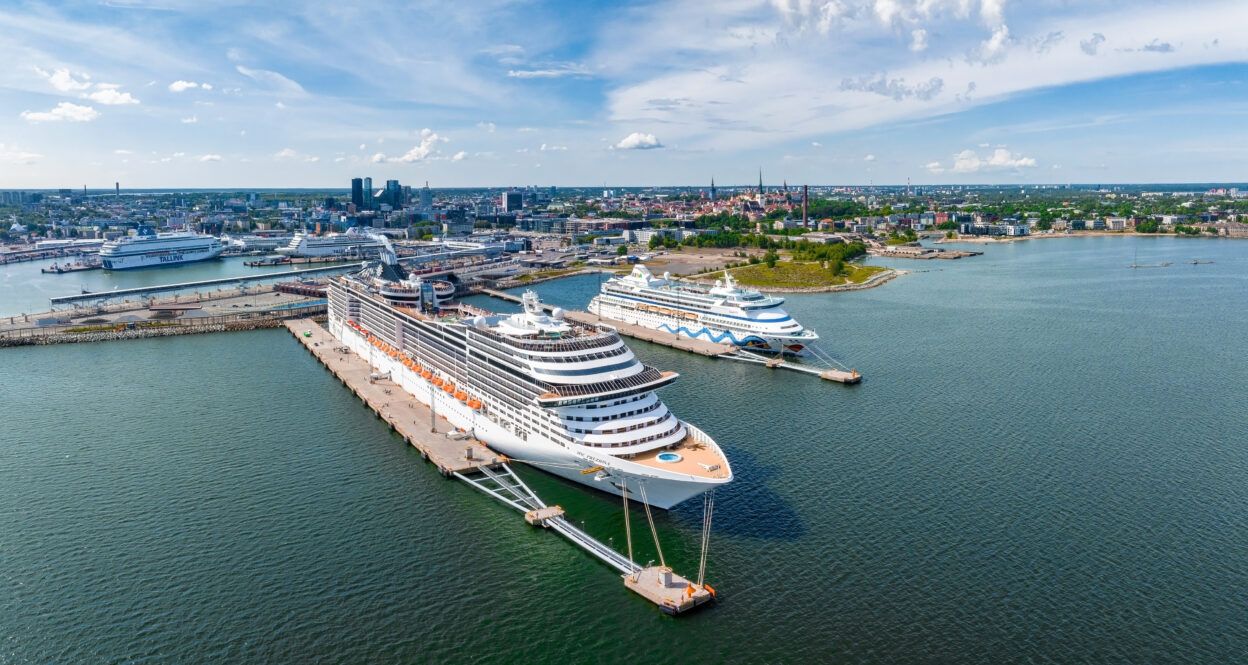
Beyond 2030, challenges and opportunities in cruise decarbonization
While LNG is considered a transition solution, OPS is emerging as the great hope for eradicating harmful emissions. According to CLIA data, 120 cruise ships currently operate equipped to connect to shore power, a figure that will almost double within three years, representing 80% of the global fleet of these ships. This international association is promoting this type of infrastructure to achieve zero emissions by 2050.
- We must also keep in mind other technologies that can help sustainability. For example, digital twins are a way to improve efficiency, an aspect that not only has beneficial effects on operations but also on respect for the natural environment.
All the technologies discussed require significant financial investment, so the timelines discussed may vary depending on global economic evolution and how it may be affected by recent conflict situations.
- And we must take into account some impediments within the global cruise fleet itself. These are ships with a very long useful life (25-30 years), so some vessels that have been operating for some time do not adapt well—from a technological standpoint—to sustainability criteria.
In any case, the path undertaken by the Port of Barcelona sets the trend. There is the will and technology to make the cruise sector truly sustainable. Innovative solutions are already helping to transform it to be beneficial for all of society.



